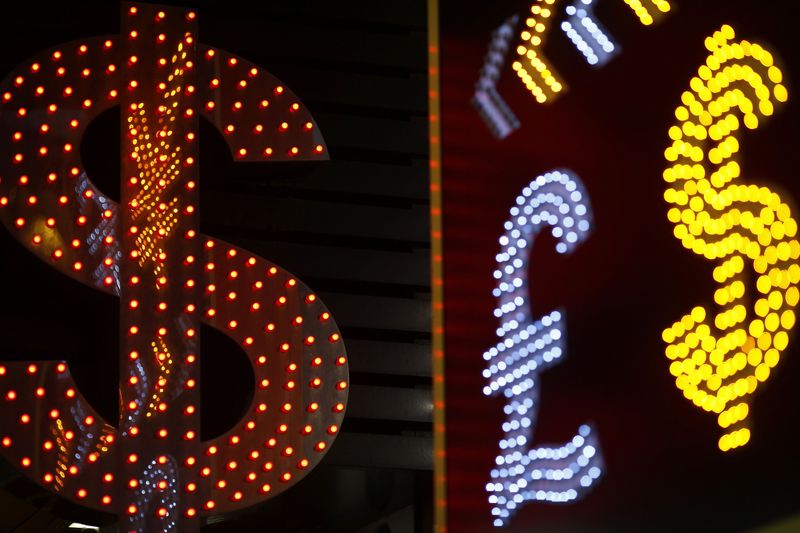(Adds clarification from Navarro)
By Wayne Cole
SYDNEY, June 23 (Reuters) - The Australian and New Zealand dollars rebounded on Tuesday as a top White House official walked back comments that seemed to imply the Sino-U.S. trade deal might be over and triggered a wave of risk aversion in Asian markets.
Both currencies took a sudden spill when White House trade adviser Peter Navarro told Fox News the U.S. deal with China was "over". Navarro later said the comment was not all it seemed and that he had been trying to make a broader point about trust. He also said the trade deal remains "in place". were always unsure how serious the comments were, but if the deal were to actually collapse investors would likely fear a renewed Sino-U.S. trade war which could hurt Australia as a major exporter to China.
As the dust settled, the Aussie was back up at $0.6921 AUD=D3 having sunk as deep as $0.6858 at one stage. It still has solid support at $0.6800, while resistance lies at $0.6977 and the recent 11-month top of $0.7069.
The kiwi dollar bounced to $0.6484 NZD=D3 from a low of $0.6436. It had rallied 1.2% on Monday as markets remained generally optimistic on the global economic outlook even as the coronavirus spread.
At home, a surprisingly upbeat survey of Australian businesses showed activity was recovering from the lockdowns of April and May.
In particular, the CBA-Markit PMI for services surged to 53.2 in June, after plunging to just 25.5 in May,
"The June PMIs are consistent with our view that we are now past the low point in economic activity," said Gareth Aird, head of Australian economics at CBA.
"Overall conditions in the private sector are still very soft, but there were a few encouraging pieces of information in the PMIs."
Bond markets eased in the wake of Navarro's clarification. The Australian three-year bond contract YTTc1 was off 1 tick at 99.715, while the 10-year contract YTCc1 dipped 3.5 ticks to 99.0800.
The kiwi market is awaiting a policy announcement from the Reserve Bank of New Zealand (RBNZ) on Wednesday which is expected to see rates stay at record lows and may include more information on the chance of an eventual shift to negative rates.
